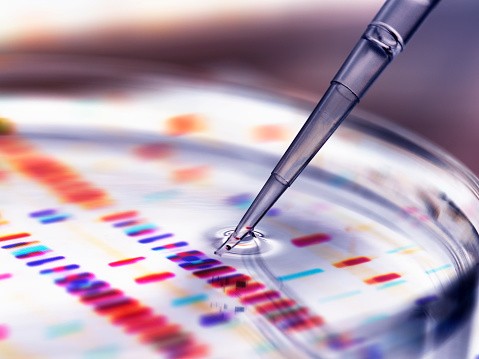Gene therapy research has hit a new milestone recently, which could open the field up to a lot of interesting new concepts and techniques.

Three new research papers recently detailed more compact versions of the CRISPR gene-editing tool, which could dramatically expand its applications in the future, according to a report by Singularity Hub.
CRISPR had been well known in the field of gene therapy since its first introduction back in 2015. While scientists have had the ability to edit genomes since the 90s, they only had access to tools that didn't have the same simplicity, flexibility, and efficiency that CRISPR had.
The only problem with CRISPR is its large size as a gene-editing tool. This could make it hard to deliver the system into human cells and tissues. But the papers are describing the smaller versions of CRISPR, called Mini-CRISPR systems, which researchers are hoping could expand the scope of gene therapy significantly. Right now, there are several CRISPR systems either being used or clinically tested for treating eye, liver, and brain diseases via gene therapy, who are all suffering from the same size flaw.
Gene therapy using mini-CRISPR systems would essentially allow for easier insertion into cells, tissues, and even entire bodies. As reported by SciTech Daily, think of CRISPR as some sort of a "microscopic scissor" that you could use to cut out selected DNA sections.
There is great hope that the mini-CRISPR systems could usher in a new era in gene therapy, wherein treatments would be far easier to administer to those who need it. Or perhaps they can actually make it a bit cheaper since modern treatments can get very expensive.
Read also: Doctors Cure 'Bubble Boy' Babies Using Gene Therapy: What Is Severe Combined Immunodeficiency?
Gene Therapy Advancements: Why Should You Care?
Modern medicine essentially relies on the use of drugs to treat or cure several illnesses. But why use these external factors when it could be possible to "repair" any sickness by directly altering your DNA?
In its most basic form, gene therapy works by "reworking" the genes contained in your cells to treat or stop diseases. According to the Mayo Clinic, genes that don't work the right way can cause disease. That's because they contain your DNA, which acts as the "computer code" that controls a lot of your bodily functions. Gene therapy replaces these faulty genes or adds new ones to try and cure or treat almost any disease.
If you find it hard to believe, then maybe this one will. Back in 2017, the US FDA was mulling on approving a gene therapy solution that could potentially cure hereditary blindness. The FDA eventually approved the therapy called Luxturna.
Or perhaps you'd be interested to know that gene therapy could also be the key for human astronauts to survive deep space missions in the future. By "fortifying" the genes needed to resist high levels of radiation in space, astronauts wouldn't be in danger of eventual radiation poisoning from prolonged exposure.
Gene therapy is the future, and it's looking bright.
This article is owned by Tech Times
Written by RJ Pierce
ⓒ 2025 TECHTIMES.com All rights reserved. Do not reproduce without permission.




